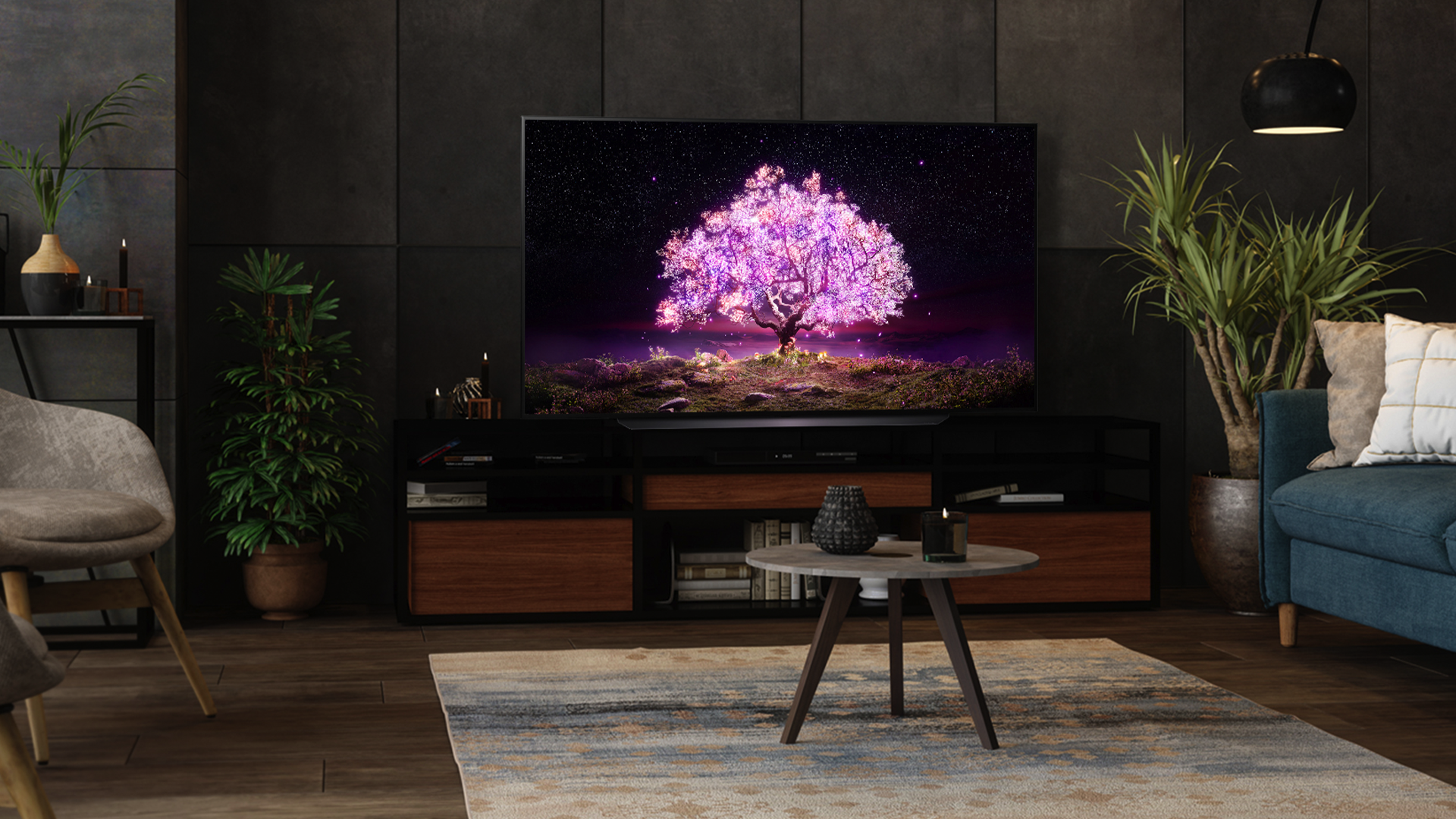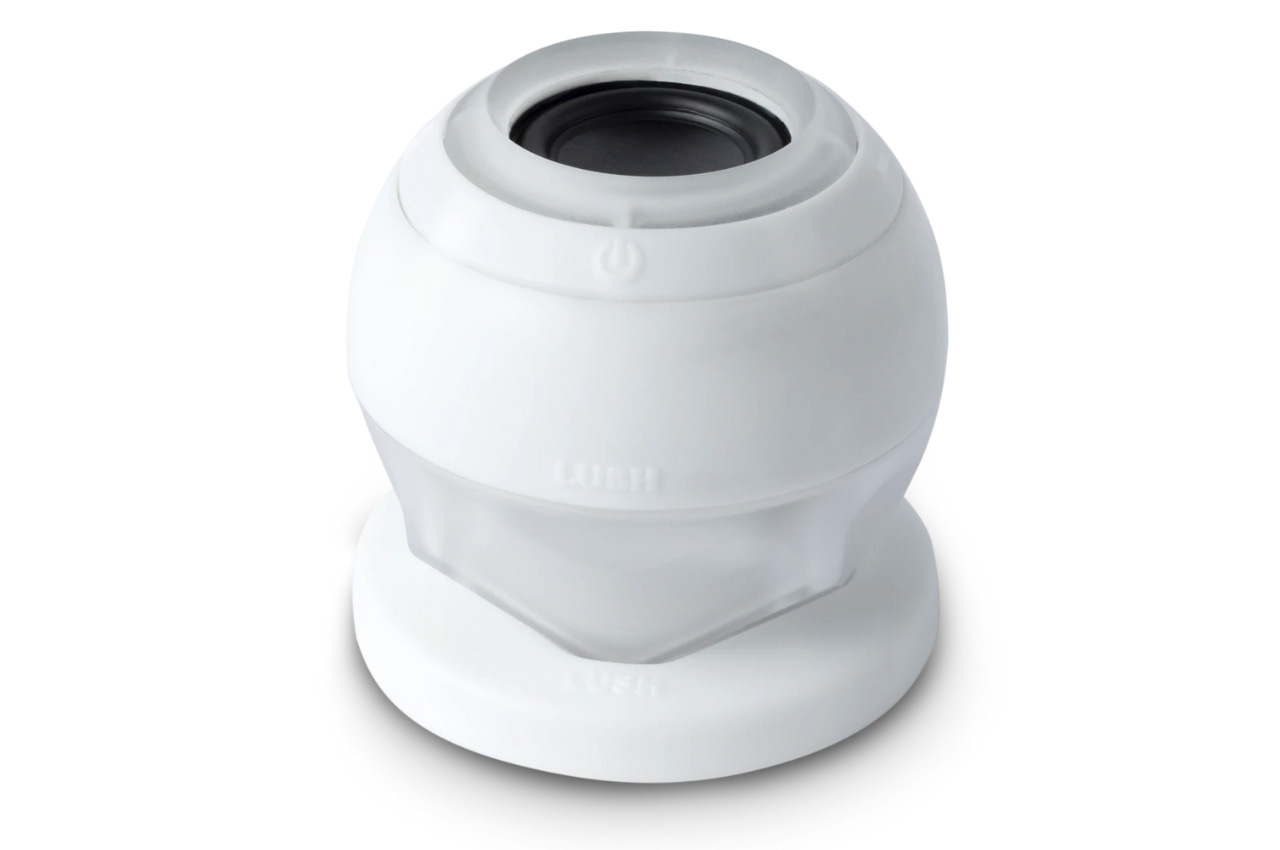#Is a Cheap OLED TV Worth Buying? – Review Geek

Table of Contents
“Is a Cheap OLED TV Worth Buying? – Review Geek”

Can you buy the latest and greatest TV technology from the bargain bin? As OLED TVs grow more popular, customers are hunting for the best possible deals that they can find. Unfortunately, a cheap OLED TV may not give you the best viewing experience, and it certainly isn’t a cost-effective option.
Warning: As of November 2022, a “cheap” OLED TV costs $900 or less. But OLED TV prices will occasionally drop throughout the holiday shopping season, and they may slowly reduce throughout 2023. Please keep that in mind when reading this article.
First, What’s the Point in OLED?
You’re probably familiar with LCD TVs, which utilize a solid backlight to illuminate a grid of pixels. The problem with this technology, unfortunately, is that the backlight can’t choose which pixels to light up. When on-screen content is supposed to look black, it’s still illuminated, so it’s more of a gray.
Modern OLED TVs eliminate this problem by ditching the backlight. Instead, they use self-illuminating organic LEDs, which can turn off when on-screen content is supposed to be black. The result is an “infinite contrast ratio,” which produces inky blacks and an increase in color accuracy.
Additionally, OLED technology benefits from a fast response time. Each pixel can quickly alter its color or intensity, so on-screen content seems a bit smoother, especially when gaming.
But the benefits of OLED are hampered by a few limitations. Burn-in is a fairly common problem on OLED displays, as non-moving on-screen content (such as a channel logo or a video game HUD) can slowly degrade the organic LEDs.
Not to mention, OLED screens are incredibly dim when compared to their LCD cousins. And because OLED manufacturing is so expensive, OLED TVs with modern bells and whistles (such as a 4K resolution or 120Hz refresh rate) tend to cost a lot of money. (It doesn’t help that some LCD TVs have “local dimming zones,” which mimic the contrast ratio of OLED for a much lower price.)
These problems are easy to overlook when you’re watching movies in a dark room—OLED looks amazing. But the increased contrast ratio of OLED is hard to notice in a well-lit room, especially if you buy an OLED TV with a dim screen.
The question, of course, is whether a cheap OLED TV is significantly worse than a mid-range or high-end option. Does the infinite contrast ratio of OLED suddenly disappear when you shop in the bargain bin?
To Hit a Low Price, Manufacturers Cut Corners

Building an OLED TV display panel is a difficult and expensive task. In order to produce these panels at a reasonable price, companies need to manufacture them at scale—the financial strain of overhead, labor, and raw materials is reduced when you run a production line at full tilt.
Only one company, called LG Display, currently manufactures OLED TV display panels at scale. So, nearly all TV brands (including VIZIO and Samsung) buy their OLED panels from LG Display. It’s simply the most affordable option.
Why is this important to you, the customer? Well, it’s really hard to find a bad-looking OLED TV! Even if you buy a bargain-bin OLED TV for $600, it’s probably using the same LG Display panel as a $900 TV.
Now, as we mentioned earlier, cheap OLED panels aren’t very bright. But if you’re okay with this limitation, a super-cheap OLED TV may seem like a smart investment. After all, it uses the same display panel as the more expensive models!
But a TV is more than just a display panel. You need to ask yourself how a cheap OLED TV managed to undercut the competition—where is the manufacturer cutting costs?
Obviously, a cheap OLED TV will contain lower-quality components than a more expensive model. It may also go through a less-than-rigorous quality control process. These factors may reduce the lifespan of your TV, a problem that’s usually curbed by annoyingly aggressive low-power and sleep modes.
Cheap OLED TVs also tend to feel slow and laggy out of the box, as they use outrageously underpowered SOCs. Yes, you can buy a streaming stick to avoid your smart TV’s slow interface, but the SOC is also responsible for features like HDR and motion smoothing; a crappy SOC can lead to lower-quality visuals!
The port selection and speaker quality of a cheap OLED TV may also disappoint you. On the other hand, most people only need two HDMI ports, and you can buy a decent soundbar for under $100.
Cheap OLED TVs Are Intended for Movies, Not Games

If you’re a hardcore gamer, you should probably avoid buying an OLED TV or monitor. This may seem counterintuitive—OLED TVs look amazing, and they have a very fast response time. But only the most expensive OLED screens are equipped for gaming.
Cheap OLED TVs tend to lack support for FreeSync or G-Sync, two variable refresh rate technologies that reduce stuttering and visual artifacts in games. Not to mention, they usually run at 60Hz, meaning that they can’t take full advantage of a modern console’s 120Hz output. And you’re really missing out on modern games if you don’t have a 120Hz panel. (By the way, modern consoles can technically output video at an 8K resolution. But the majority of games cap out at 4K.)
You have to spend over $1,000 to buy an OLED TV that’s properly equipped for gaming. But gamer-ready LCD or QLED TVs are much cheaper, offering a 4K resolution at 120Hz with FreeSync for as low as $500. And this brings us to our next point; if you’re on a budget, an LCD or QLED TV is usually your best option.
Should You Buy a Cheap OLED TV?

While an LCD TV may not match the contrast or color accuracy of an OLED TV, it’ll give you a better bang for your buck. Cheap LCDs are decked out with all the features you care about—a bright 4K display, a speedy refresh rate, a modern port selection, and HDR compatibility.
Additionally, some LCD TVs use “local dimming zones” to mimic the effect of an OLED display. And you can further increase the contrast of an LCD TV with some simple bias lighting—when there’s a light behind your TV, it tricks your feeble mammal eyes into seeing more contrast.
If you’re stuck on the idea of an OLED TV, you could always try QLED instead. Quantum-dot technology combines the best of LCD and OLED, giving you an increased contrast ratio without sacrificing brightness. And since QLED is cheaper to manufacture than OLED, it’s a more cost-effective option!
Now, if you only plan to watch TV in a small dark room, a cheap OLED TV might be a solid option. You’ll notice and appreciate the infinite contrast ratio. But in a well-lit room, you won’t really notice the increased contrast, which kind of defeats the purpose of buying an OLED TV.
So, should you buy a cheap OLED TV? For most people, the answer is a resounding “no.” But if you don’t feel discouraged by any of the information in this article, a cheap OLED TV might be perfect for you.
If you liked the article, do not forget to share it with your friends. Follow us on Google News too, click on the star and choose us from your favorites.
For forums sites go to Forum.BuradaBiliyorum.Com
If you want to read more like this article, you can visit our Technology category.




